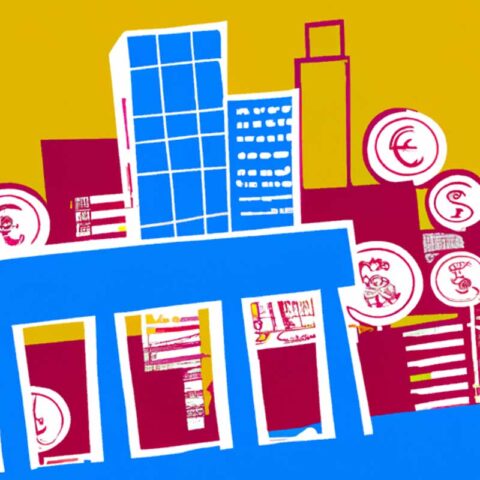TLDR: The World Bank has warned that poor countries are at risk of a “wasted decade” due to the impact of the Covid pandemic. The global economy is projected to slow for a third year in a row in 2024, creating the weakest half-decade of growth since the 1990s. The recovery since the pandemic has been uneven, with developed economies experiencing higher income per head compared to low-income and conflict countries. The World Bank calls for urgent action to ease debt burdens and increase investment in order to address these disparities and achieve global development goals.
The World Bank has warned of the risk of a “wasted decade” for poor countries as the global economy is set to slow for a third year in 2024. The Covid pandemic has had a particularly detrimental impact on developing and low-income countries, leading to a widening income gap between developed and poorer nations.
The World Bank’s chief economist, Indermit Gill, stated that by the end of 2024, all developed economies would have higher income per head than before the pandemic. In contrast, only two-thirds of low-income countries and less than half of fragile or conflict countries would see an increase in income. Gill warns that without a major course correction, the 2020s would be a “decade of wasted opportunity” with weak near-term growth and hindrances to progress on global priorities.
The global economy, which saw a 6% growth in 2021 as the world reopened, has since slowed to 3% in 2022 and an estimated 2.6% in 2023. The World Bank estimates a growth rate of 2.3% in 2024, with advanced economies forecasted to grow by 1.2% and emerging market and developing economies by 3.9%.
To address the disparities and overcome the challenges posed by the Covid pandemic, the World Bank urges poor countries to increase investment and take urgent action to ease their debt burdens. The Bank also emphasizes the need for comprehensive policies to tackle climate change and achieve other key global development goals. It estimates that developing countries will require a significant increase in investment of around $2.4tn per year to meet these goals.






